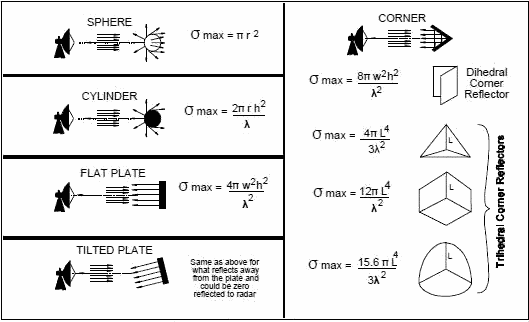whether the 0.5m2 is true or not, but the fact is the mighty Soviet aviation industry was long gone, no exciting things coming from Russia for decades, and now the T-50 is a big disappointment of their true capability
How is it a big disappointment? Did you get to fly it? Did you get your hands on some classified information’s? What you think is irrelevant, your eye-ball test is irrelevant, and you preconceived and false notions of aerospace design is irrelevant. The pak-fa far exceeds all other known fighter aircraft in range, speed, ect. I would hardly call that a disappointment. I would not call the avionics in the pak-fa a disappointment either.
As for the RCS claim it came from a journalist--I have seen the original broadcast where they claimed so, most Chinese on this forum call Russians liars and Russian journalists notoriously inaccurate. When Russian journalist report something about China that doesn’t sit well with Chinese cheerleaders than Russians are liars, when journalist report something that makes Russia look bad than it is the definitive truth.
I wonder where Martian 2 pulls out all those fantastic numbers!! Gotta bet its from Planet (Martian 2's) Uranus. But then gotta give the dude his credit. No matter how stupid, how inane and how ridiculous his posts and "calculations" - all based on assumptions, the dude passionately believes in what he posts. He passionately believes that the stupidity displayed in his posts is the standard for intelligence.
Keep regaling us with your antics, jester.
He got his numbers from thin air. In the real world aircraft are tested and scrutinized by mathematical models that predict complex wave scattering as well as anechoic chambers. His layman analysis is not only flawed it is butchered. His reasoning is something like this: The Rafales’ RCS is 1m2 from the front therefore the pak-fa’s RCS should be much larger because its compressor blades are exposed. He fails to take into all other factors such as pylons, the scatter of EM energy from the cockpit and even an aircraft’s flaps, in the Rafales’ case its flaps are perpendicular in relation to the front of the aircraft--the pak-fa has no such problem.
He also called Boeing liars when they claimed there Silent Eagle could achieve the same frontal RCS as the F-35. Comparing the latest Flankers including the Chinese J-11 and SU-35 we know that both aircraft have had significant RCS reductions. There are figures of 1m2 to 3m2 for both aircraft, so how is that possible? How do you take a Flanker airframe and reduce the RCS by that large of a margin especially with fully exposed compressor blades and all? This is where his layman analysis falls apart, by his logic, if an SU-30 has a RCS of 10m2 than the SU-35 and J-11 also have to have the same RCS but this is not the case.
Here is one of Martian’s old posts, in it he is trying to convince everyone that the WZ-10 is stealthy despite a vertical freaking stab, pylons, fixed landing gears, gun, FLIR probe, a metal canopy, and too many protrusions to count. Here it is enjoy everyone:
What about the stealth shape of the fuselage to reflect radar away from the emitter? Or are your eyes incapable of seeing the obvious faceted shaping?
If you’re having problems comprehending the stealth shaping, let me educate you. When radar hit’s the top-half of the WZ-10, it reflects away into space. When radar hit’s the bottom-half of the WZ-10, it reflects into the ground. Either way, the radar is redirected away from the receiver.
So while he nit picks the pak-fa over the slightest of things such as a small IRST probe, he turns around and calls the WZ-10 stealthy even though it has an enormous FLIR and gun hanging off it nose. If it’s Chinese, it’s stealthy no matter what, you see, the WZ-10 is special, it can still be stealthy even with a framed canopy, and FLIR but the pak-fa is definitely not stealthy.





















